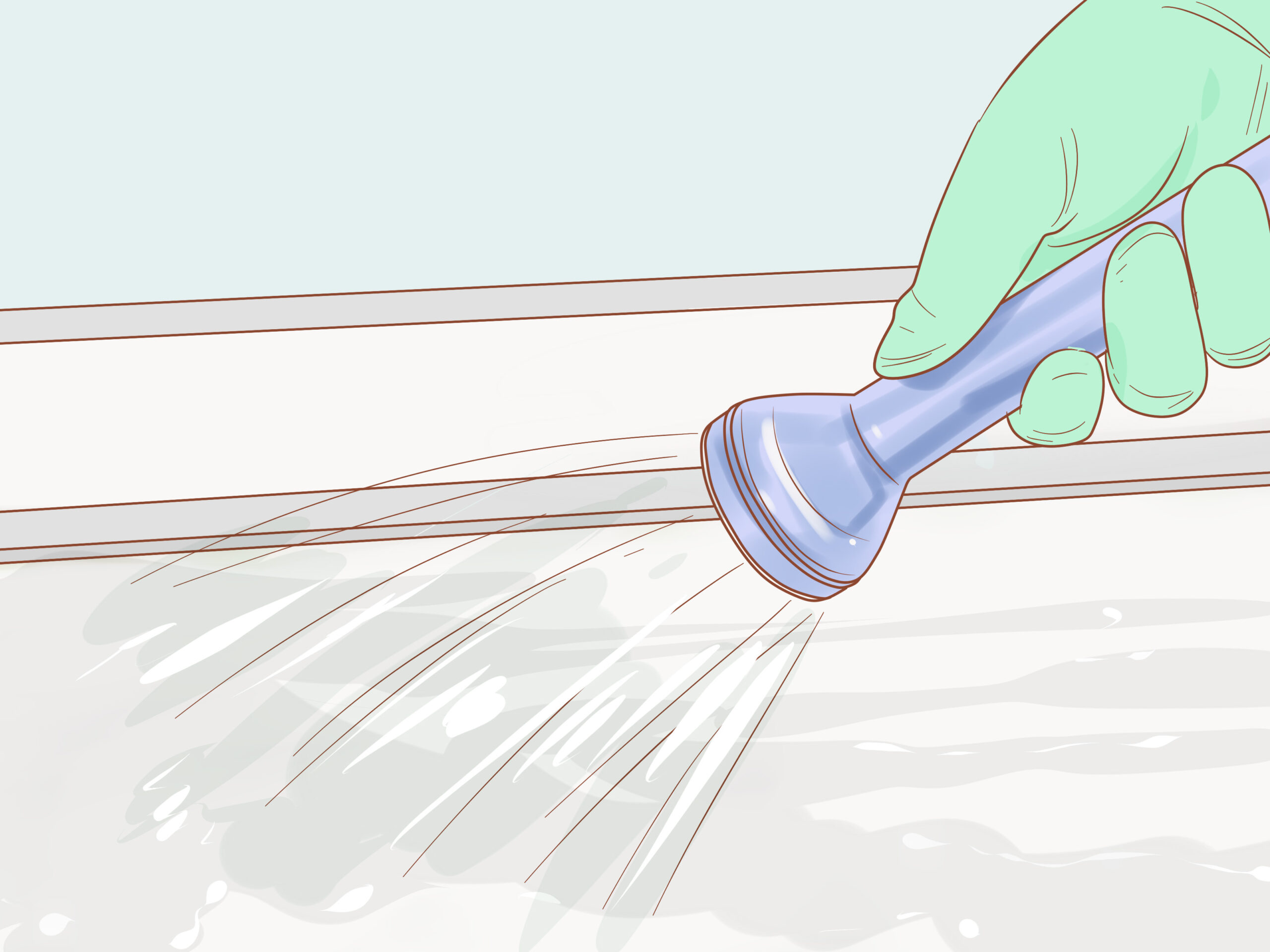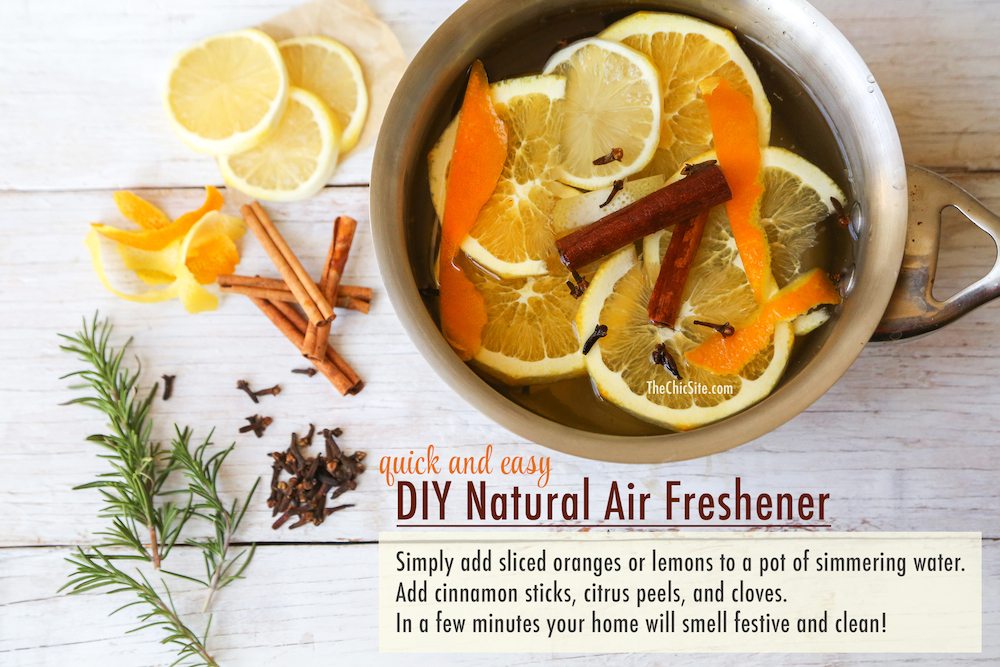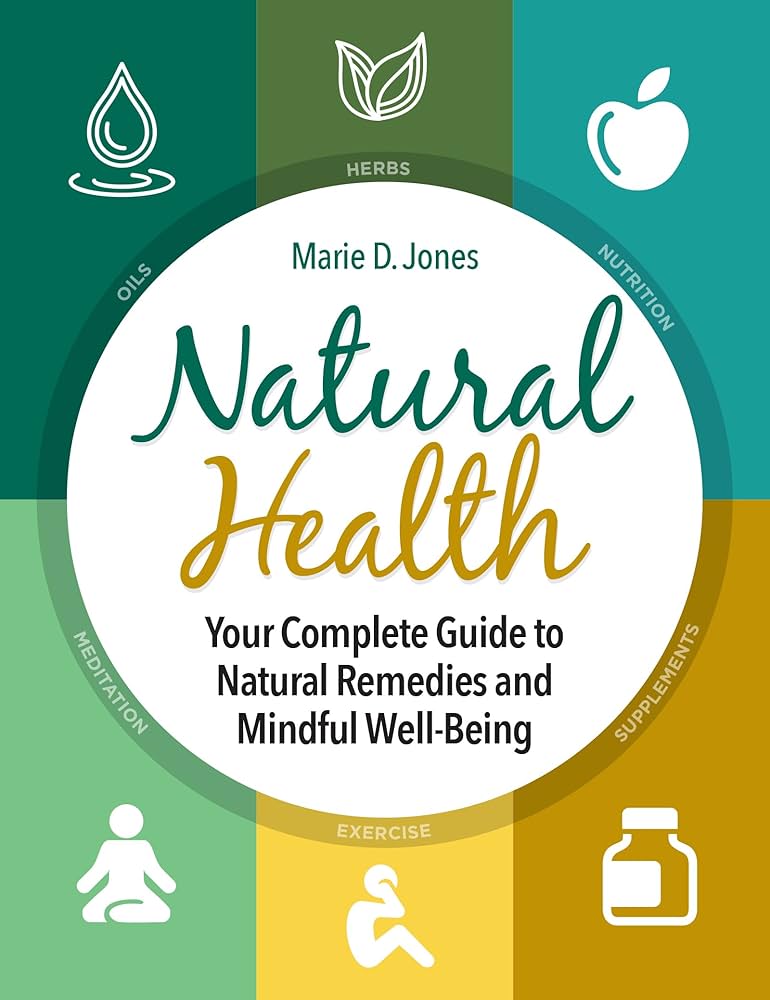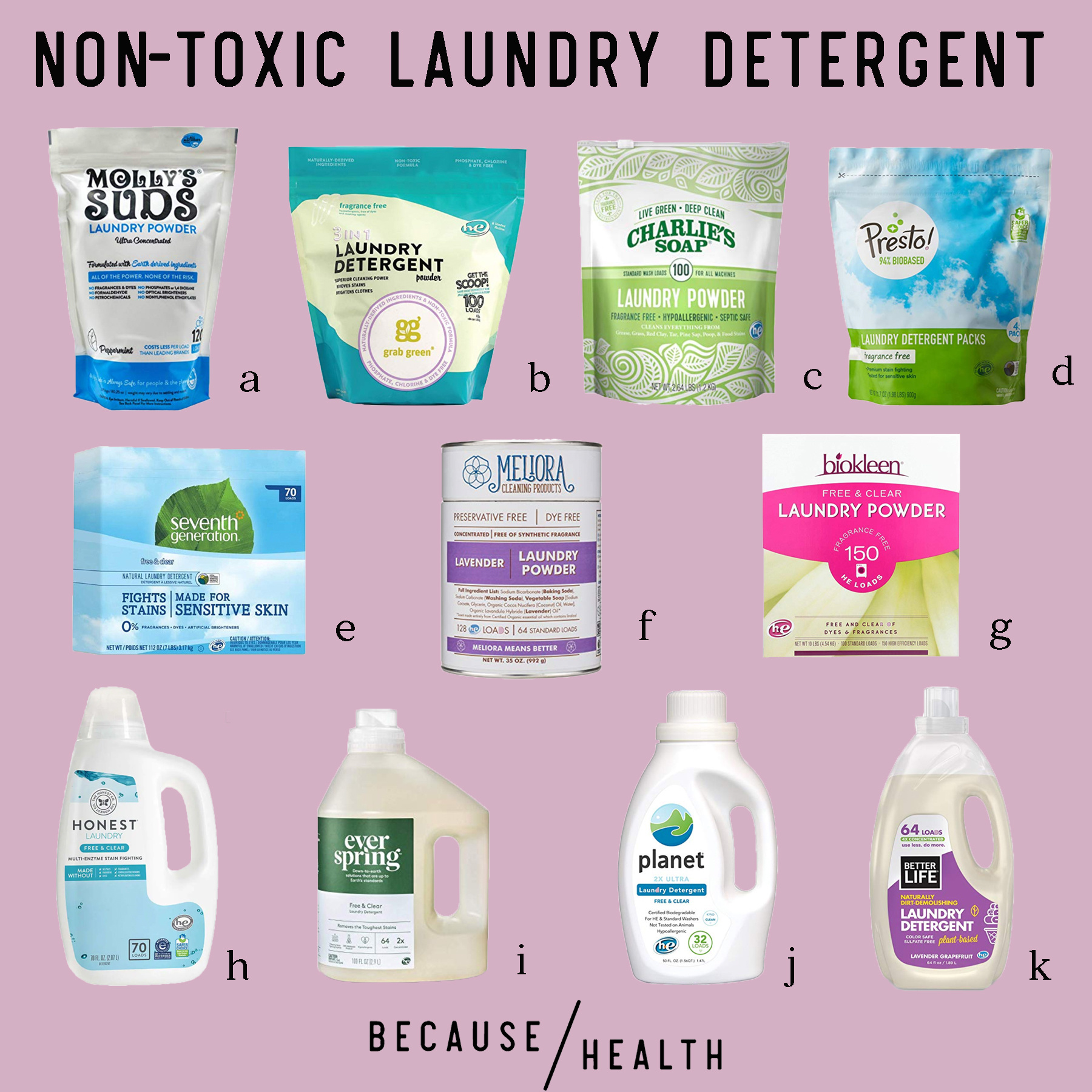Mold is a common household problem, one that can not only damage surfaces but also pose health risks. To address this issue, many turn to various cleaning agents, and one particularly effective solution is hydrogen peroxide. Unlike bleach, which is often the go-to mold killer, hydrogen peroxide offers a safer and sometimes more effective alternative.
Understanding how to use hydrogen peroxide to combat mold is essential for maintaining a clean and healthy home. This article will guide you through the process and provide insights on why hydrogen peroxide can be better than bleach when it comes to mold remediation.
Can Bleach Or Hydrogen Peroxide Kill Mold?
When it comes to mold removal, both bleach and hydrogen peroxide have their uses. However, hydrogen peroxide is a safer choice as it does not emit the harmful fumes associated with bleach. It’s an effective disinfectant that not only kills mold on the surface but also penetrates to kill the roots, preventing quick regrowth.
Hydrogen peroxide is especially suitable for non-porous surfaces like countertops and bathroom tiles. While bleach can also kill mold on non-porous surfaces, it loses efficacy on porous materials where hydrogen peroxide might still offer some benefits.
Moreover, the use of hydrogen peroxide is environmentally friendly, breaking down into water and oxygen post-application, while bleach leaves behind more harmful chemical residues.
How Long Does It Take For Hydrogen Peroxide To Kill Mold?
The effectiveness of hydrogen peroxide in killing mold depends on the concentration used and the amount of mold present. Generally, a 3% solution of hydrogen peroxide applied to the affected area for at least ten minutes is sufficient to kill mold. However, for tougher or more extensive mold infestations, a second or third application may be necessary.
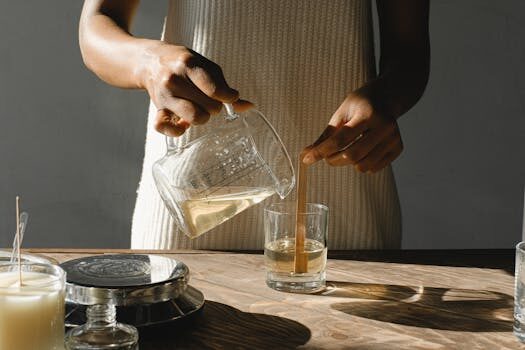
It’s important to allow the hydrogen peroxide to sit on the moldy area for the required time to ensure that it penetrates and kills all the mold spores.
Does Hydrogen Peroxide Kill Mold On Walls?
Using hydrogen peroxide to kill mold on walls can be effective, particularly if the walls are non-porous. When applied to a moldy wall, hydrogen peroxide acts as an oxidizer, killing the mold and helping to lift the stains.
For painted or treated walls, it’s advisable to test hydrogen peroxide on a small hidden area first to ensure that it doesn’t damage the finish.
What Kills Mold Permanently?
Completely eradicating mold can be challenging, but certain practices can help kill mold and prevent it from returning. These include:
- Using hydrogen peroxide regularly on affected areas.
- Improving ventilation and reducing humidity in your home.
- Fixing leaks and other moisture problems.
- Using mold-inhibiting products.
While these steps are helpful, for a permanent solution, especially in cases of extensive infestation, it is often necessary to consult a professional.
Hydrogen Peroxide Vs Bleach For Mold Removal
When comparing hydrogen peroxide and bleach for mold removal, hydrogen peroxide is often the superior choice. Unlike bleach, hydrogen peroxide is non-toxic and does not produce harmful fumes or byproducts. It’s also color-safe and won’t bleach fabrics or surfaces, making it a versatile cleaning agent.
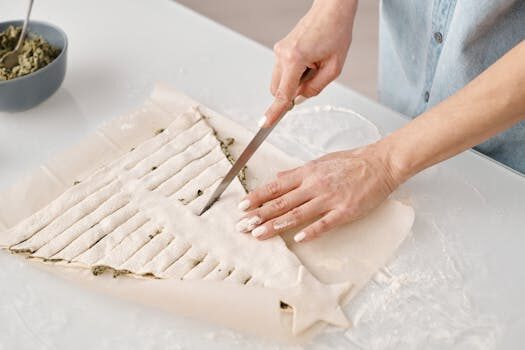
In contrast, bleach is only effective on non-porous surfaces and can exacerbate respiratory issues due to its strong fumes.
How To Prevent Mold From Returning?
Preventing mold from returning involves several key steps:
- Maintain low indoor humidity, ideally between 30-50%, using dehumidifiers if necessary.
- Ensure proper ventilation in damp areas, such as bathrooms and kitchens.
- Regularly clean and inspect areas prone to mold growth.
By following these steps, you can greatly reduce the likelihood of mold making a comeback in your home.
When To Call A Professional Mold Remediation Service?
If you have a large mold infestation or if mold keeps returning despite repeated cleaning, it’s time to call in the professionals. Other signs that you need expert help include:
- Health symptoms such as allergies or respiratory issues when at home.
- Mold growth that has penetrated into the structural elements of your home.
- An inability to identify the source of the moisture problem.
Professional mold remediation services have the tools and expertise to effectively and safely remove mold infestations of all sizes.
Related Questions on Mold Removal
What Kills Mold Permanently?
To kill mold permanently, you must address the moisture source that’s allowing the mold to grow. Using antifungal agents like hydrogen peroxide can kill existing mold, but without moisture control, mold is likely to return.

Consistent cleaning, humidity control, and proper ventilation can all play a role in preventing mold from becoming a recurring issue.
Does Hydrogen Peroxide Kill Mold Permanently?
Hydrogen peroxide can effectively kill surface mold and help prevent its return with regular use. However, it’s not a permanent solution if underlying issues like excessive moisture are not resolved.
For a long-term resolution, sources of dampness must be addressed alongside the use of hydrogen peroxide.
How Long Does It Take For Hydrogen Peroxide To Kill Mold?
Hydrogen peroxide can begin killing mold on contact, but it is generally recommended to let it sit for at least ten minutes. Some cases may require longer exposure or multiple treatments for full efficacy.
Does Hydrogen Peroxide Kill Black Mold?
Yes, hydrogen peroxide can be effective against black mold. However, due to the potential health risks associated with black mold, it’s advisable to consult a professional for removal.
What Kills Mold On Porous Surfaces?
On porous surfaces, where hydrogen peroxide may not fully penetrate, antimicrobial sprays and professional mold remediation techniques are often necessary to kill mold.

Mold remediation can be a complex process, so when dealing with porous surfaces, professional assessment and treatment are recommended.
To complement the information shared in this article, here is a useful video that demonstrates mold removal methods:
 How to disinfect your toothbrush & keep it free from bacteria
How to disinfect your toothbrush & keep it free from bacteria
